Today, Iceland is very popular among tourists, attracting more and more travellers from all over the world each year. Considering the size of the island and the high prices, it takes a bit of effort to squeeze as much of its famous attractions as possible into one trip. A relatively short visit won’t be enough to see all of them. Based on the experience I’ve gathered throughout several trips to this amazing country, I present you with my top-10 list of the most beautiful places in Iceland that you must see with your own eyes.
- 1. Haukadalur, the Geyser Valley
- 2. The Dettifoss Waterfall
- 3. Hvítserkur, the Elephant Rock
- 4. Akureyri
- 5. Hverir, the Northern Valley
- 6. Whale Watching in Húsavík
- 7. The Snæfellsnes Peninsula
- 8. The Black Beach and the Troll’s Fingers (the Reynisfjara beach)
- 9. The Jökulsárlón Glacier Lagoon
- 10. The Hot Springs
1. Haukadalur, the Geyser Valley
This place is situated in the north-eastern part, relatively close to Reykjavík, and is part of the “Golden Ring”, the country’s most famous tourist route. And while the other points of the route can be skipped if you’re pressed for time, the geysers are a must-see. There are very few places in the world where you can see streams of hot water sprouting from the bowels of the earth. It’s a rare occurrence in nature, found only in regions with high seismic activity, such as Japan, Kamchatka, the USA, New Zealand, and Chile.
The centrepiece of Haukadalur is the Strokkur geyser that ejects a huge stream of hot water every 5–7 minutes to the joy of the viewers. It’s captivating even for those who don’t see it for the first time. In the past, the Great Geysir dominated the land. The word “geyser” derives from its name. It was discovered way back in 1294, and up to 2000 it frequently ejected huge amounts of water. Then, an earthquake moved the tectonic plates, causing Geysir to lose its former might. Now its eruptions occur just a few times a year and are impossible to predict. You have to be very lucky to witness one.
Overall, there are about 30 active geysers in the valley. Admission is free.
2. The Dettifoss Waterfall
There are several hundreds of waterfalls in Iceland, but none of them compare to Dettifoss. Not only is it one of the most energetically powerful places in the country, it is also one of the strongest waterfalls in Europe. It is often called the European Niagara due to its size, reaching 100 meters in width and 44 meters in height (9 meters lower than the Niagara). “Dettifoss” means “raging waterfall” in Icelandic. It is named that way because over 400 cubic meters pass through the waterfall each second. The stream is so noisy you can’t hear your own voice near it. It also raises a cloud of water drops, creating a rain that is sure to get you wet quickly. Standing next to the waterfall, you get a deep understanding of how tiny a human being is in comparison to nature’s might. There is a good reason why Dettifoss appears in the film “Prometheus” as the place where all the planet’s life was born. It is truly a marvellous place where you can stay a while to contemplate the meaning of life. Not too long, though, or you’ll get drenched.
3. Hvítserkur, the Elephant Rock
This beauty can be seen in nearly every tourist brochure for Iceland, and the fame is well earned. This is the most photogenic rock I’ve ever seen. It is as if nature itself decided to surprise everyone with its capabilities and created an elephant out of stone. The elephant is situated on one of the northern fjords, and you’ll have to take a leisurely drive on an unpaved road to it. Why leisurely? If you speed up, the rocks flying from under the wheels can damage the front window and cause serious expenses. When you get to the place where you can see Hvítserkur, you’ll need to take a walk down a steep slope to the black beach. Depending on whether the tide is high or low, the rock will be either fully or partially standing in water. In the latter case, you can come right to it. Don’t forget about the number of tourists. Try to get here as early as possible to enjoy the solitude and take some gorgeous pictures (this is also true for the other sights).
4. Akureyri
Iceland’s second most populated town after Reykjavík. It’s often nicknamed the Northern Capital of Iceland. I like it way more than the actual capital. Akureyri is situated near one of the northern fjords and is surrounded by unbelievably beautiful landscapes. The town itself has the northern atmosphere of solitude, nonchalance, and calm. It is here that during our first trip to Iceland I’ve seen the perfect image of peacefulness: on Sunday noon a young woman was sitting with a cup of coffee in a café, knitting a sock… Time stopped for me in that instant. Due to all the hassle of our daily lives, we lose that moment of “here and now”, and it’s so important to hold on to it. When I visit Akureyri, I always go to a café to get a cup of coffee and enjoy the moment, forgetting everything else. I think you’ll agree that it’s not that easy with the pace of the big cities. The relatively small number of tourists (compared to Reykjavík) will allow you to spend some time alone, left to your own thoughts. The local administration chose the heart as the town’s symbol, and I think there’s a good reason for that. You’ll fall in love with it the first time you visit. Even the traffic lights have pretty hearts instead of the plain red signs. As I like to put it, even prohibiting movement is done with love in Akureyri. I sincerely recommend this calm and cosy northern town.
5. Hverir, the Northern Valley
If you think there is nothing but waterfalls in Iceland, come to Lake Mývatn up north. Not far from it you’ll find a very peculiar place, the sulphur valley Hverir. A visit to the valley feels like a trip to Mars. The earth has a reddish-orange tinge due to the extremely high sulphur content, and it is completely devoid of life. It’s as close to Mars as you can get. The region is characterised by strong geothermal activity that causes hot sulphur to surface. The earth here boils, hisses, whistles, and overall acts like a living organism. The whole valley is filled with the scent of hydrogen sulphide (i.e. reeks of rotten eggs), which won’t be to everyone’s liking. A note on safety: always use the dedicated paths, otherwise you’ll risk falling into one of the sulphur pits and scalding your legs. The valley will leave you with a strong impression for a long time.
6. Whale Watching in Húsavík
I think whales are as much a point of interest in Iceland as waterfalls and volcanoes are. The difference is, unlike other sights, whales are constantly in motion. To see these glorious giants, you must go to Húsavík, where Iceland’s centre of whale watching is located. The chance of seeing the whales during a walk here is almost 99.9%. Don’t trust the promising advertisements in Reykjavik and other places. You probably won’t see any whales there, and it will just be a waste of money. Húsavík is the only place to see the beasts in Iceland. It won’t be cheap: a tour on a normal ship costs 85 euros per person, and a tour on a speedboat costs 105 euros. The latter is recommended for an up-close look at the whales. You see, the chance of a whale surfacing near a slow ship is rather minimal. A speedboat, on the other hand, can get to an emerging whale in a matter of seconds. We chose the speedboat and during the tour saw some humpback whales, as well as a fearsome killer whale with its human-sized dorsal fin. We’ll remember this trip for a long time.
7. The Snæfellsnes Peninsula
It is often called “Iceland in Miniature”. Firstly, it has everything Iceland is famous for: numerous puffin colonies, black beaches with basalt rocks, moss, waterfalls, hot springs, lava fields, caves, etc. Secondly, it has a huge national park with the famous Snæfellsjökull glacier in its centre, standing on top of a dormant volcano. It is known as the starting point for the protagonists’ adventure in Jules Verne’s “Journey to the Centre of the Earth”. You can try to make the trip yourself if you want to (and have the time). Thirdly, tourists rarely make it here on their own, so you’ll be among the few people to visit this place.
8. The Black Beach and the Troll’s Fingers (the Reynisfjara beach)
Black sand can generally be found anywhere in Iceland. But the beach near the village Vík (with a population of only 300 people) has unique rock formations called the Troll’s Fingers. If you know the legend and use your imagination, you can see the giant troll hands grabbing and drowning ships that made the sea voyage through these waters at night. One time, however, the troll got careless and didn’t hide its huge hand before sunrise, turning to stone in the sunlight… This is one of the most visited places in Iceland. You won’t be able to take a picture without other people in it if you come here during the day. It’s best to come somewhere around 10 pm. There’ll still be some people, but not as many.
9. The Jökulsárlón Glacier Lagoon
Ice is the calling card of Iceland, and there is plenty of it here. Europe’s largest glacier (in terms of the volume of ice) with the tricky name Vatnajökull is located on the island. It occupies 1/8 of the country’s territory. At its foot, where the icy tongues meet the ground, lies the unique glacier lagoon Jökulsárlón. It looks like a bath with blocks of ice inside. If you’ve never seen an iceberg, you’ll love the sight. The icebergs here vary in size, form, and colour. Each one drifts at its own pace, colliding with other icebergs on the way. You can spend a lot of time watching them. Most importantly, try to find a quiet solitary spot to listen to the drops that constantly fall from the icebergs. If you pay enough attention, you might see seals playing in the water or napping on the ice. If possible, come here on a sunny day to see the ice sparkle in different colours.
10. The Hot Springs
As you can already tell, Iceland is all about the cold above the ground (with its glaciers) and the heat below it (with its volcanoes, geysers, and sulphur springs). People have used the hot water coming from the bowels of the earth since the Viking era, as it allowed them to relax in a natural hot bath after a day of hard work. The Icelanders are very proud of this part of their culture, and they’ve built somewhat of a cult around it. Every town, no matter how small, has hot water pools that people visit each day after work. They just sit down, talk to each other, share news and rumours, etc. Be sure to try out this Icelandic pastime, you’ll absolutely love it. If you want some solitude (and to avoid the tourist crowds in places like the Blue Lagoon, Iceland’s most popular hot spring), look for the small authentic springs that can accommodate 5–6 people tops. They are scattered all over the country and can usually be found away from the main roads.
One trip will hardly be enough to understand Iceland. It is so diverse that you won’t have enough hours in a day to see all its attractions. So, don’t try it. Focus on the things that you’re most interested in, that way you’ll get the most out of your visit. Have a great trip!
You may also like:








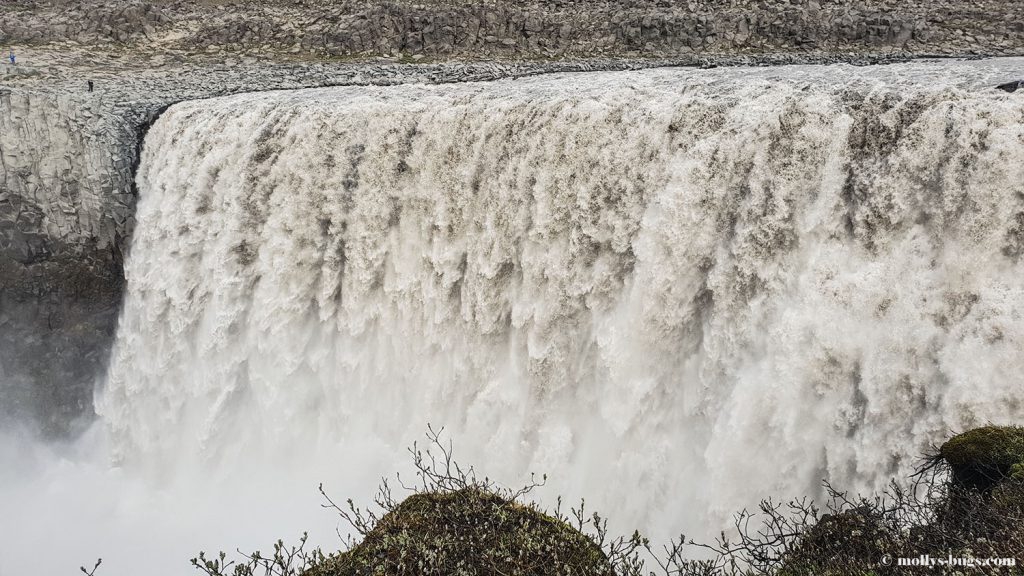






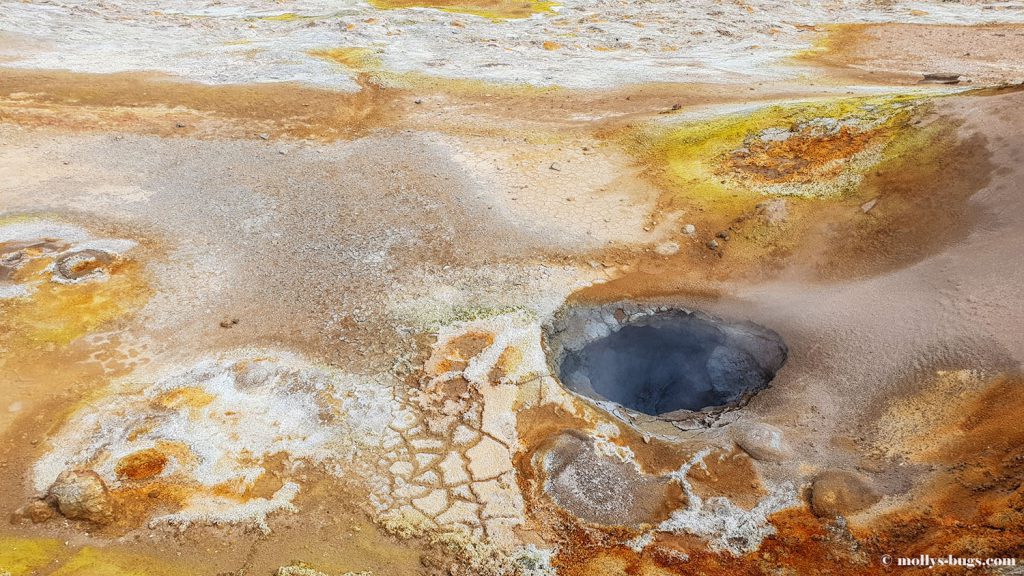









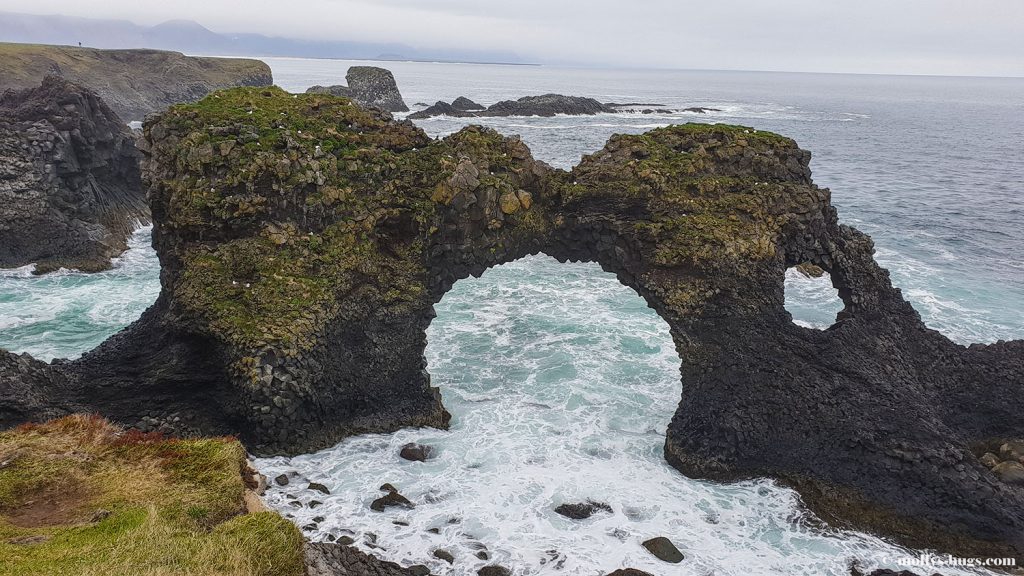

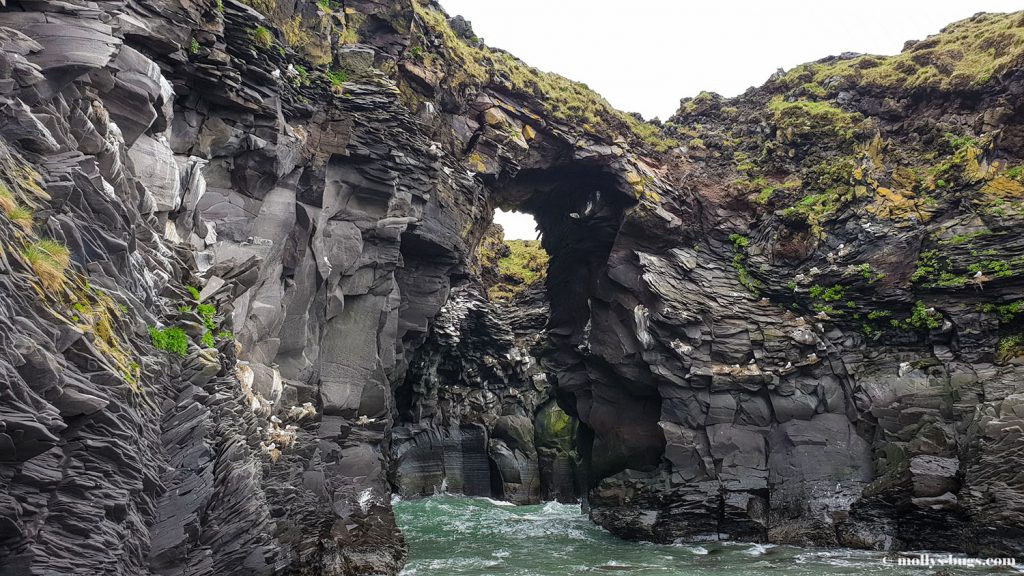






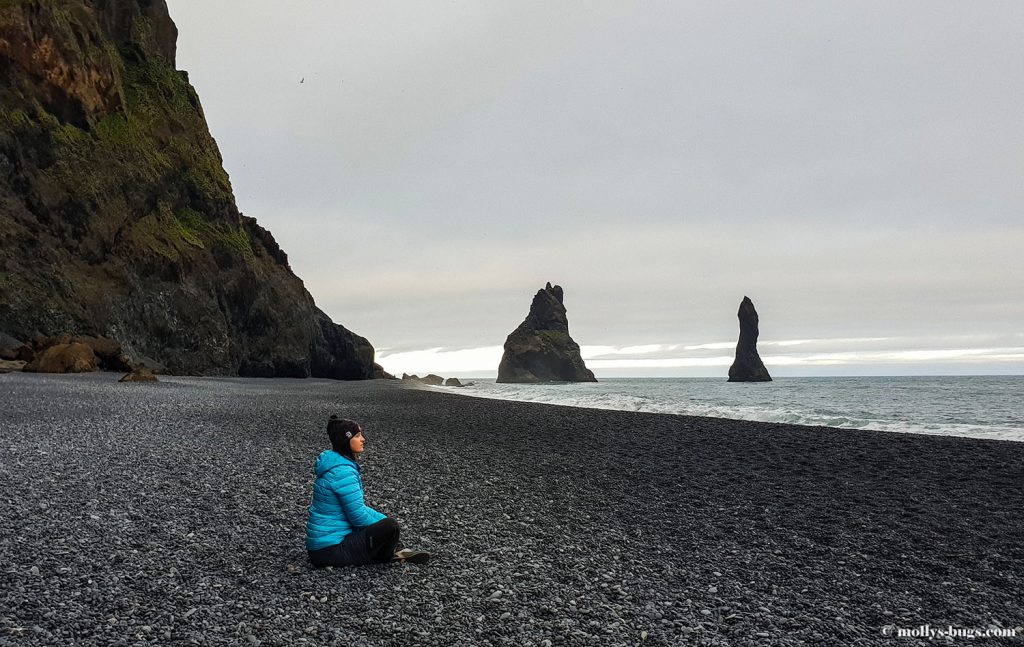



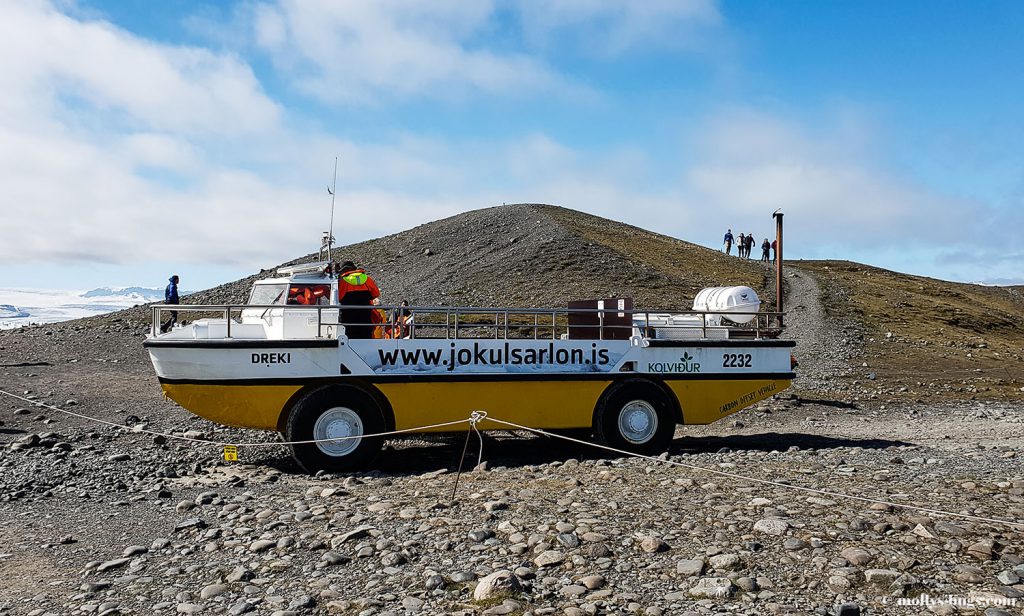











Leave a Reply